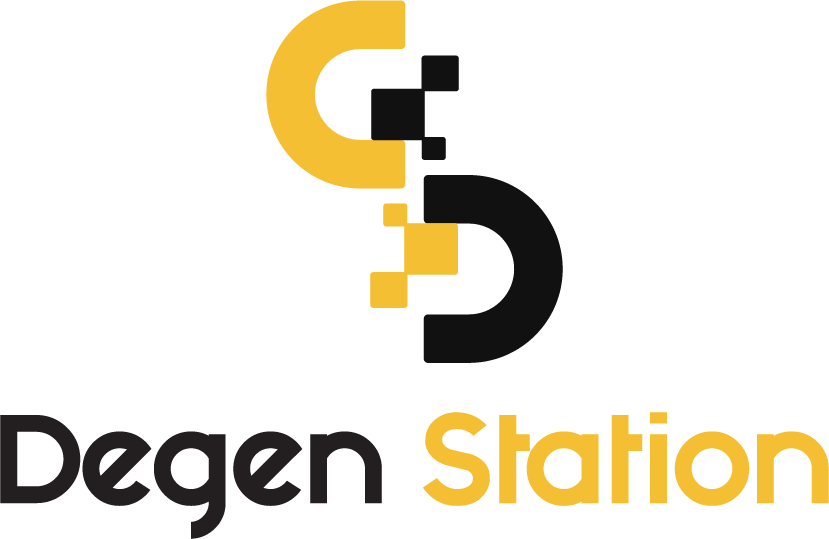Celo Proposes to Become Ethereum's Layer-2 Solution

The Celo community has put forward a proposal to transform its blockchain into a layer-2 solution on Ethereum, leveraging Optimism's technology.

Celo Proposes to Become Ethereum's Layer-2 Solution
According to a proposal posted on the Celo forum on July 15, the cLabs development team aims to reposition Celo as a layer-2 solution on Ethereum, instead of continuing as an independent layer-1 blockchain.
cLabs announced that they have spent several months researching and engaging in discussions with the Ethereum community regarding the proposal to become a layer-2 solution. Key changes proposed include:
- Utilizing Optimism's OP Stack platform as the layer-2 solution, similar to Base and Zora Network.
- The transaction sequencer will use Celo's current validators, employing a Byzantine Fault Tolerance consensus mechanism.
- Off-chain data availability layer will leverage EigenLayer's EigenDA solution for ETH restaking, ensuring security while helping Celo maintain low transaction fees.
Celo stated that they have long been observing Ethereum and are particularly interested in its major advancements in scaling solutions, initially focusing on building multiple layer-2 solutions to alleviate the load on the main blockchain, followed by upgrades such as danksharding to increase Ethereum's processing capacity.
cLabs proposes to transition Celo from an independent EVM-compatible L1 to Ethereum L2 to return to the Ethereum ecosystem, adopting OP Stack as the architecture, operated by Ethereum node operators, and secured by restaked ETH. Currently cLabs plans to hold a governance call on…
— Wu Blockchain (@WuBlockchain) July 16, 2023
Becoming a layer-2 solution on Ethereum offers several compelling benefits:
- Reinforcing Ethereum's development direction and EVM compatibility, promising a seamless development environment.
- Leveraging Ethereum's high security level.
- Simplifying the process of transferring value between the two chains.
cLabs asserts that transitioning Celo from layer-1 to layer-2 will not compromise the project's original mission of democratizing access to blockchain advancements for users worldwide. From the perspective of developers and users, the changes are not expected to significantly impact user experience and deployed dApps.
The CELO token will continue to be the primary currency on the blockchain, maintaining its function for transaction fees, staking, and governance on Celo.
cLabs proposes that the community conduct a vote to gauge support for the proposal to turn Celo into a layer-2 solution on Ethereum on July 22. If approved, the development team will proceed to prepare technical aspects and eventually implement the upgrade through a future hard fork.
Celo launched its blockchain in 2020, employing a Proof-of-Stake consensus mechanism to minimize environmental impact. During the market growth phase in 2021, Total Value Locked (TVL) on the Celo network peaked at over $1 billion. However, after a year and a half, this figure has decreased to $91 million.

Fluctuations in TVL on Celo, screenshot from DefiLlama at 12:40 PM on July 16, 2023
The CELO price has shown positive fluctuations since the proposal by cLabs was published but has yet to return to the highs seen in early July.

4-hour chart of CELO/USDT pair on Binance at 12:40 PM on July 16, 2023





